A transparent display is a display device that allows users to see through the display panel to the objects behind it. Unlike traditional displays, transparent displays have transparency, allowing users to view the content on display and the background simultaneously.
The structural features of transparent displays
Generally speaking, a transparent display consists of a transparent display panel, a display layer, a backlight source, control circuitry, a transparent display driver, and a transparent display stand or mounting device. The transparent display panel is the core component of a transparent display. It allows light to pass through and display content. The display layer is the image display layer located on top of the transparent display panel. The control circuitry is an important component of the transparent display, responsible for receiving and processing input signals and controlling the brightness, color, and content of the display layer. The transparent display driver is an electronic device used to convert the signals from the control circuitry into signals that the transparent display can recognize. Transparent displays often require a stand or mounting device to be installed in specific application scenarios. It is just a general representation of the structure of a transparent display, and the specific structure of a transparent display may vary depending on different technological principles and application requirements.
The types of transparent displays
There are various types of transparent displays, each with different technological principles and application areas. Among them, OLED transparent displays utilize organic light-emitting diode technology to provide high contrast and vibrant image display. LCD transparent displays achieve image display through the control of liquid crystal molecules. LED transparent displays, on the other hand, display images by controlling the brightness and color of LED lights. Holographic transparent displays utilize holographic projection technology to present realistic 3D image effects. Flexible transparent displays have flexibility and transparency, allowing them to adapt to different shapes and curves. Micro LED transparent displays offer higher brightness and pixel density, suitable for high-resolution display requirements.
Applicable applications of transparent displays
Transparent displays can create eye-catching display effects in retail store showcases, allowing customers to see both the displayed products and the background environment. In terms of advertising, transparent displays can be used in outdoor billboards, shopping mall windows, and other advertising display areas, attracting the attention of passersby without obstructing the background scenery. In the field of smart homes, transparent displays can be embedded in household appliances such as refrigerators, mirrors, windows, etc., providing real-time information display and control functions without affecting the overall appearance of the home. In addition to the applications, transparent displays can also be used in gaming, virtual reality, medical devices, military applications, etc., providing users with new visual experiences and functionalities.



















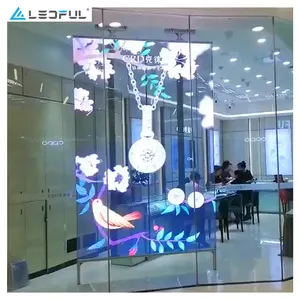


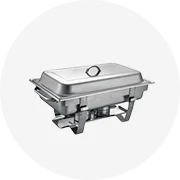
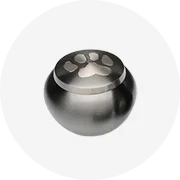
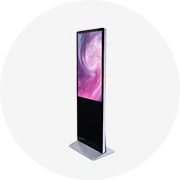


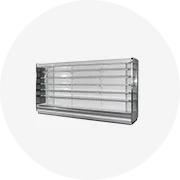
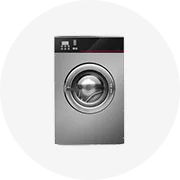
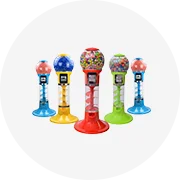
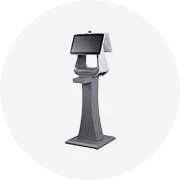
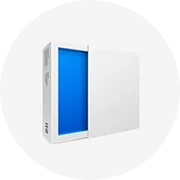









 浙公网安备 33010002000092号
浙公网安备 33010002000092号 浙B2-20120091-4
浙B2-20120091-4